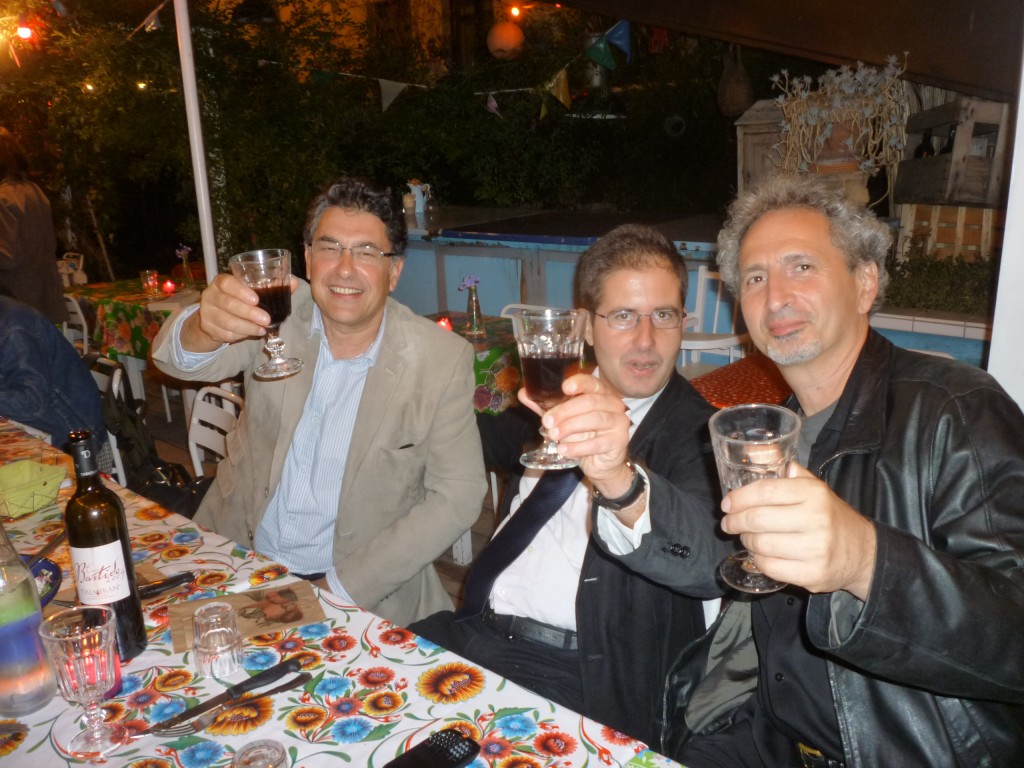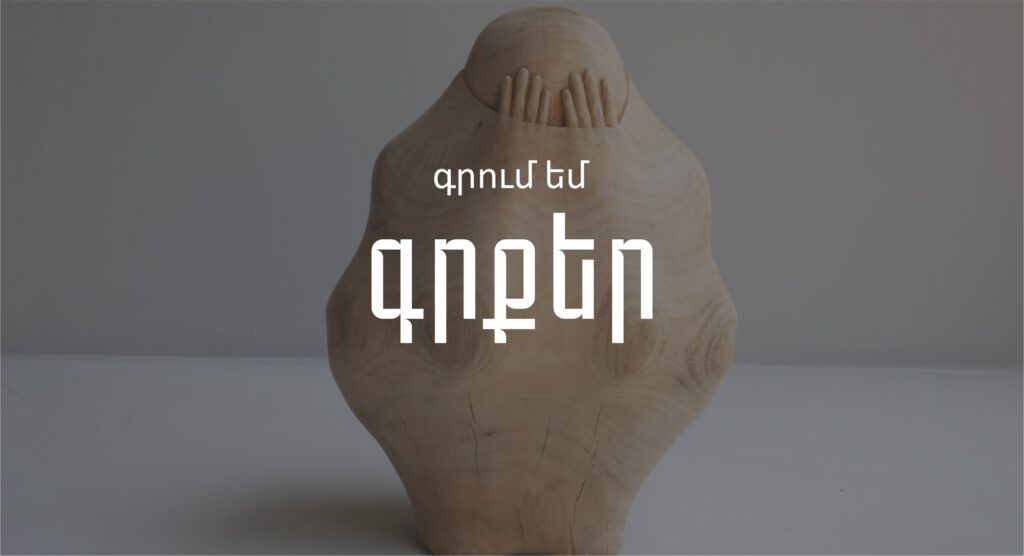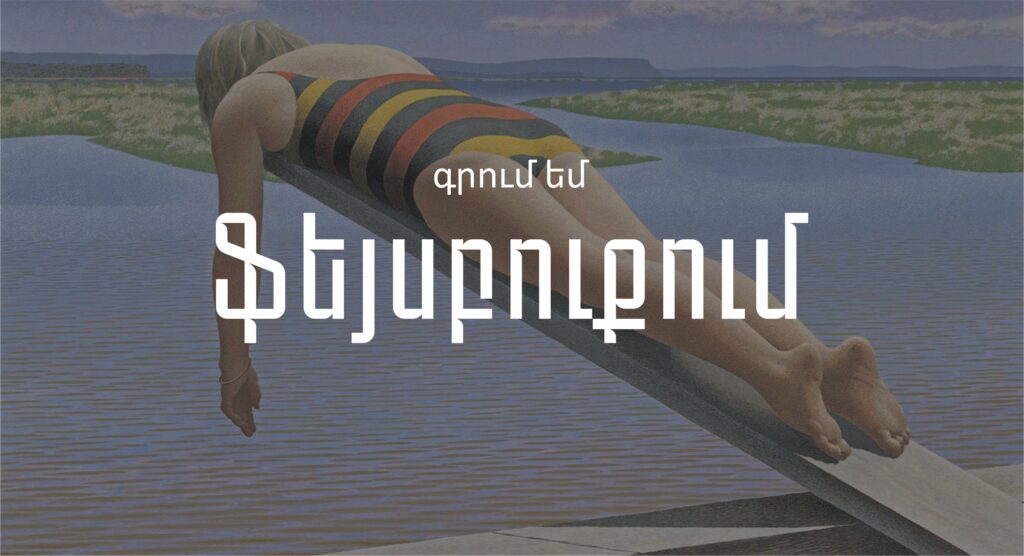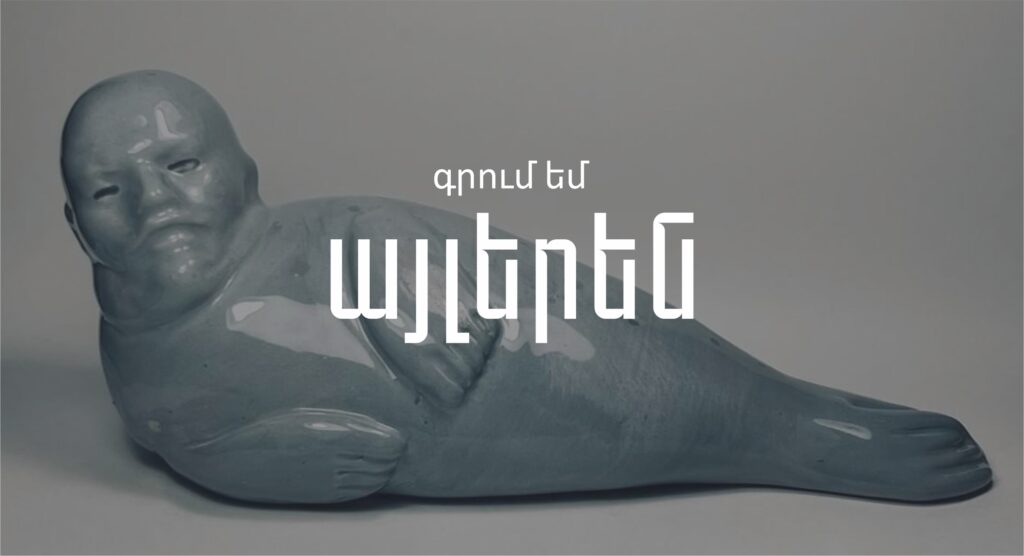
By Aram Arkun
Mirror-Spectator Staff
PARIS — On October 16 to 23, 2011, a major festival called “Arménie-Arménies,” or, in English translation, “Armenia-Armenias,” was organized in France celebrating Armenian culture and the 20th anniversary of independence of the Republic of Armenia. More than 20 Armenian writers and intellectuals from the Republic of Armenia and the diaspora took a train trip aboard the storied Orient Express from Marseille through Avignon, Valence, Lyon to Paris. Along the way, they gave talks on Armenian literature, politics, history, culture and society, participated in discussions, and met with representatives of the media. Traditional and liturgical Armenian music and jazz were performed on a number of occasions, a guided tour of Armenian manuscripts at the Bibliothèque National Française was given, and during the last two days of the festival, films of Sergei Paradjanov, Atom Egoyan and Robert Guédigian were shown. At least one art exhibition — the sculptures of Toros (Rast-klan, or Rastguelénian) and an exhibition of photographs by Antoine Agoudjian, were held. Armenian cuisine was discussed as well as tasted.
This itinerant festival was financially sponsored by the French Centre national du livre (CNL or the National Center of the Book), with the support of the cities visited, various local French and French-Armenian institutions and the French media. Armenian culture was the first to be celebrated in a series of forthcoming events that the CNL will organize as part of CNL Mondes (CNL Worlds). The CNL is an institution which is part of the French Ministry of Culture and Communication. The present minister of culture, Frédéric Mitterand — nephew of François Mitterand, the late president of France — was in favor of this decision.
CNL President Jean-François Colosimo explained in an interview with Krikor Amirzayan in Nouvelles d’Arménie that “Armenia occupies a special place in our hearts and spirits,” and in addition to what the French knew already about the Armenians, it was the presence of around 500,000 French-Armenians that led
to this choice. The CNL president visited Armenia twice and met with the Armenian minister of culture in order to obtain advice concerning the organization of the festival.
Alexis Lacroix, advisor to the CNL president and the moderator of several of panel discussions in the festival, said in an interview with René Dzagoyan in the same French-Armenian periodical, Nouvelles d’Arménie, that Colosimo initially came up with the idea of a traveling festival and then immediately thought of the Armenians. Presenting their culture would not only examine the diasporan experience but also have something to say to the French.
Lacroix felt that as a diasporan experience, the Armenian one was emblematic of the condition of all peoples faced with advanced globalization. Identity is no longer an immediate “natural” given but an open question, to which art can help reformulate answers. The films shown in the festival are evidence of this. Lacroix said, “the camera of the great filmmakers of Armenian origin is, together with the novel, the other ‘medium’ by which a dispersed people tries to recognize that which creates, despite its dispersion, its mysterious unity.” Certainly, then, the films of Paradjanov are marked by Soviet filmography, just as all the films of Egoyan depend on the canons of North American cinematography, while Guédiguian incontestably fits in the French tradition of social film. However, a part of their works, also visible and immediately perceptible, contains the persistent enigma of “Armenianness.”
In the introduction to the official program brochure Colosimo said that Arménie, Arménies was intended to raise questions concerning the nature of Armenian culture and identity, both in the diaspora and in the Republic of Armenia, and how different commemorative reconstructions have taken place after 1915. The intent of the CNL series was to show that “the book remains the best key for understanding a world in transformation.”
The Armenian participants are creators and transmitters of Armenian culture not only in Armenian, but in many other languages such as French, Spanish and English. Some, like Peter Balakian, do this though they do not speak Armenian. The invitees — actually 22 in number, but 20 is more symbolism due to the anniversary — were from eight different countries: the Republic of Armenia (Karen Antashyan, Henrik Edoyan, Violet Grigoryan, Vahram Martirosyan and Shushanik Tamrazyan), the US (Peter Balakian, Viken Berberian and Marc Nichanian), Argentina (Ana Arzoumanian), Lithuania (Vahagn Grigorian), Estonia (Gohar Markosyan), Romania (Varujan Vosganian) and Switzerland (Vahé Godel), along with France, of course, (Daniel Arsand, Nathalie Baravian, Krikor Beledian, Denis Donikian, Raymond Kévorkian, Michel Marian, Gaïdz Minassian, Claire Mouradian and Ara Toranian).
The French Orient-Express, a very fancy old-fashioned train apparently, took the Armenians along the same path that the post-Genocide Armenian immigrants to France traversed. The train only traveled during the day, and the Armenians stayed in hotels in the various cities in which they stopped. One of the writers invited from Armenia, Martirosyan, jokingly wrote afterwards that the first thought that came to mind when hearing of the French plan was of Agatha Christie’s detective novel, Murder on the Orient Express, which made him wonder whether a few Armenians might disappear during the trip.
The collective trip was useful not only for audiences, but also for the participants, as Martirosyan declared. Balakian said to the Mirror-Spectator that “one of the important dimensions of the festival was that it brought together for a full week a group of Armenian writers from various places in the world. We had a chance to get a sense of what other writers are doing. It gave me a deeper sense of the complexity of whatever it might mean to write from an Armenian cultural zone. A typical conference is a day or two and you can’t get to know your colleagues, but here we had time to hang out and talk; it created a unique kind of potential for literary community. I’m in touch now with writers I didn’t know a few months ago.”
Martirosyan noted that more than two-thirds of the discussions dealt in some fashion with genocide and diaspora, while there was much else in Armenian culture to be discussed, along with life in contemporary Armenia. Despite the focus on the Armenian Genocide and its aftermath, as noted by CollectifVan.org, the final program announcement avoided the actual use of the word genocide, using terms such as “l’abîme de 1915 [the abyss of 1915]” in its place.
Arzoumanian, an Argentine poet, found Arménie-Arménies to have a great significance as a meeting of Armenian writers from all over the world, and said: “…it wasn’t called Western and Eastern Armenia, but ‘Arménie-Arménies,’ thus emphasizing the question of identity. So we realized that as there are different ways of being ‘Armenians,’ so there is more than ‘one’ Armenia. And I do think that only a mature population, a population that grows out of the place of the victim, that grows out of the idea of persecution, could accept such differences among themselves that enrich their own identities, heterogeneous identities.” All this, she concluded, was expressed in French thanks to the possibilities given by French culture. On the Orient Express, “we were almost obliged to be all together, these orphaned brothers that tried to show to each other whom the “mother/motherland” loved more! I felt compassionate.”
When Arzoumanian returned to Argentina, she gave a talk with all the books, novels, poems and photographs that she took during the trip, thus giving both Armenian and non-Armenian Argentines the opportunity to learn about the complexity of Armenian reality. She also made a video available on YouTube with images from the trip and text in French (http://youtu.be/2lGtvDyvOsU).
Balakian, whose lecture text on Bishop Krikoris Balakian was printed in the Mirror-Spectator issue of November 12, 2011, was deeply impressed by the event, and the connection the French had with Armenian culture. He declared, “It was clear to me that the French have a deep feeling about Armenian history and culture and a sense of the long historical ties between the two cultures. It was refreshing to see how France embraced the Armenian literary voice and culture. Unlike in our country, in France, there was no fear of the Armenian intellectual voice. Everywhere we went we were feted in high style and embraced by government officials, the people, and the media. I thank France and for putting on such splendid festival, and feel great gratitude to the French people for their embrace.”
Balakian contrasted the French attitude to that of Americans: “The problem here is that our government is afraid of Turkish pressure, and so things Armenian become a source of anxiety. It’s an absurd situation because the US government is capable of, I believe, at least I think. . . of standing up to Turkey.”
Lacroix in his Nouvelles d’Arménie magazine interview summarized the results of the cultural events: “Through the stops of the Orient Express in Marseille, Avignon, Valence and Lyon we noted with satisfaction that our festival has generated a great response, sparking passionate encounters and discussions with the public. …This large audience of Arménie-Arménies is inseparable from the great welcome reserved for this literature which many Frenchmen still know poorly.” One result which will be realized in the future is the translation into French and publication of more works from Armenia and the Armenian diaspora.




